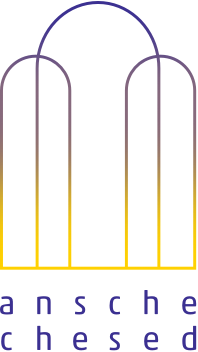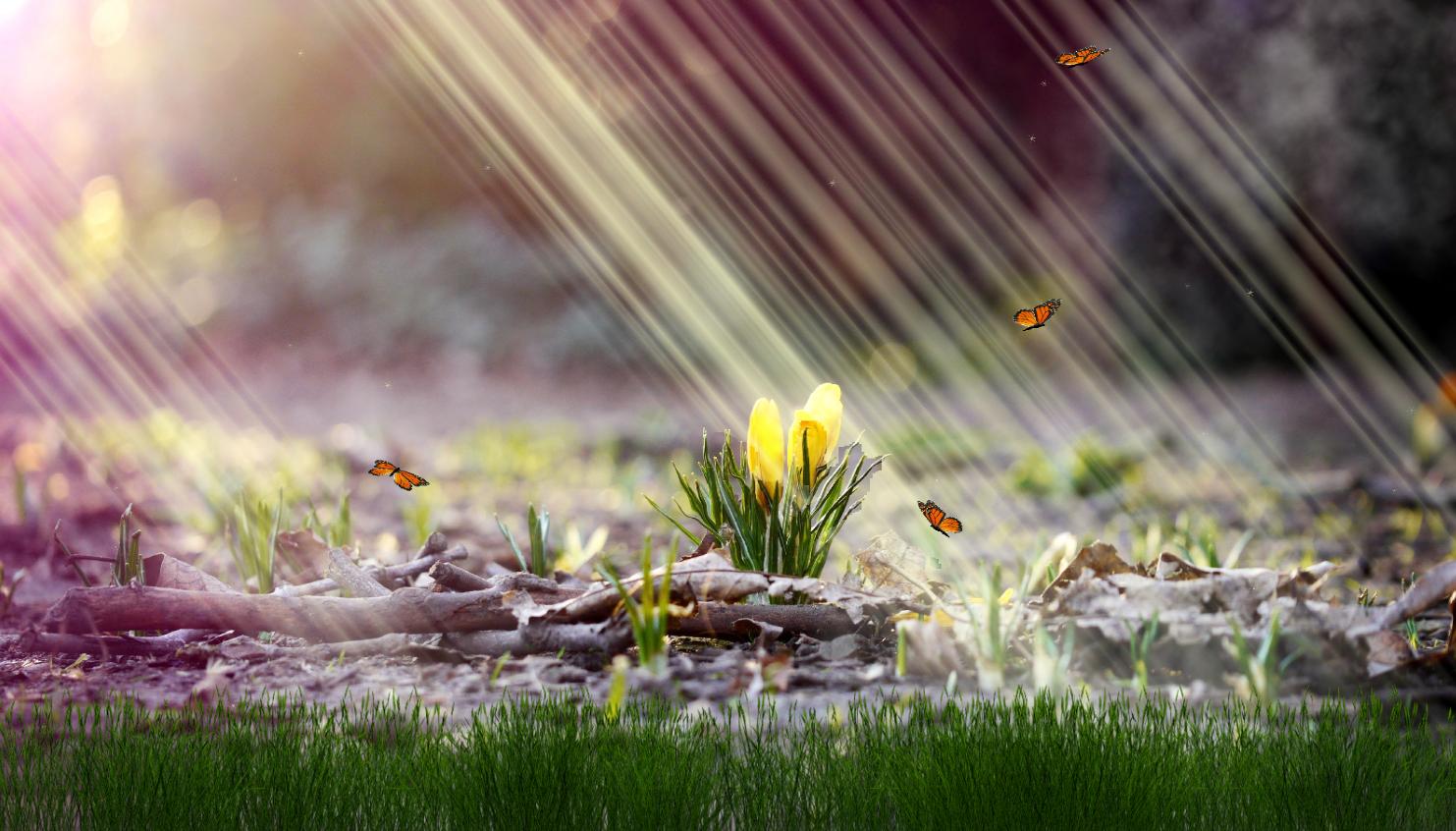Prayer is not the same thing as liturgy. They are related, of course: the words in the prayer book are the form in which Jewish communities worship. But reciting the text of the siddur is not itself an act of prayer. Genuine tefillah is a turning toward God in love, awe, hope and gratitude, amplified by assorted other religious and spiritual emotions.
How we awaken those experiences in ourselves can be difficult and can vary for each individual and the circumstances in which we find ourselves. This time on Tefillah Tuesday, let’s depart momentarily from discussing the prayer book to a glance into the consciousness of prayer itself.
Among modern Judaism’s spiritual giants was R. Avraham Itzhak HaKohen Kook [1865-1935], a poet, legal authority, mystic, communal leader and a founding spirit of religious Zionism. Relying on portentous, often gnomic utterances and dense allusions to rabbinic and biblical texts, R. Kook’s writing can be difficult to decipher. He is more likely to gesture toward a profound insight than to rigorously elaborate his ideas. (He is like Heschel on steroids, in this respect.) But through those gestures, R. Kook can awaken us to how religious ideas and doing mitzvot can make us feel life’s holiness.
Here is a short example, taken from עולת ראי”ה, Olat Reiyah, the siddur published with various commentaries by R. Kook. (The title is a pun, referring both to the technical term for pilgrimage sacrifices, and to the acronym of R. Kook’s name: Rabbi Avraham Itzhak HaKohen.) R. Kook writes [1.11]:
True prayer can only come upon a person from the awareness that in fact, the soul is perpetually praying. Does she not soar ceaselessly? Does she not lean upon her lover without any interruption whatsoever? But in the moment of a deed of prayer, this perpetual spiritual prayer emerges from potential into action. And this is the grace and delight, the glory and beauty of prayer, which may be compared to a rose opening its lovely petals to greet the dew or before the sun’s luminous rays. Thus: “would that a person could pray all day long [Talmud Berakhot 21a].”
With this brief paragraph, R. Kook coaches us to pay attention – before opening our mouths, before opening the prayer book, before standing or bowing or singing or mumbling – to the spiritual dynamics that make worship necessary and possible. The human soul always longs for God, stands always at the brink of ecstasy and intimacy. But we typically don’t notice our theotropic –“movement toward God” – nature.
To unlock ritual prayer, then, try to become conscious of your inner inclination to connect to heaven. Open yourself like a flower at dawn. Then when you open the prayer book, or sing along with the congregation, you will reveal what lies waiting within you, converting potential worship into actual.





